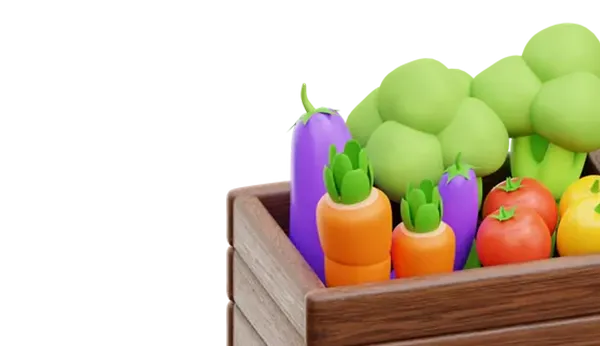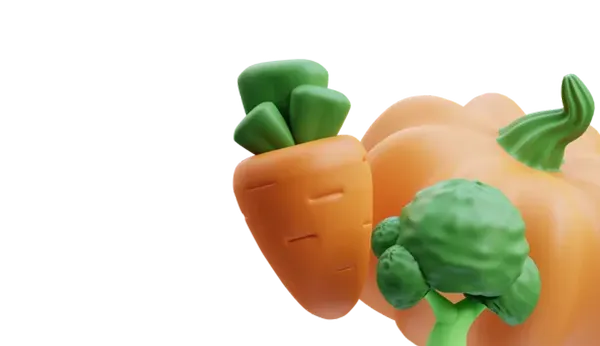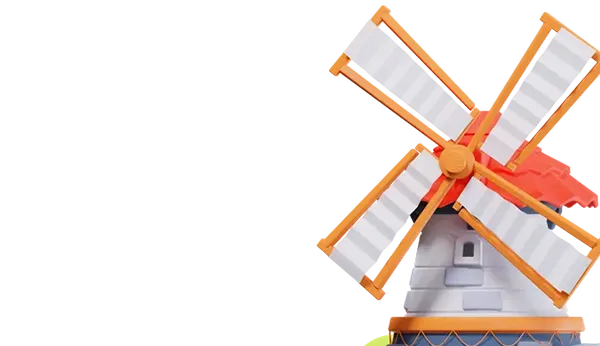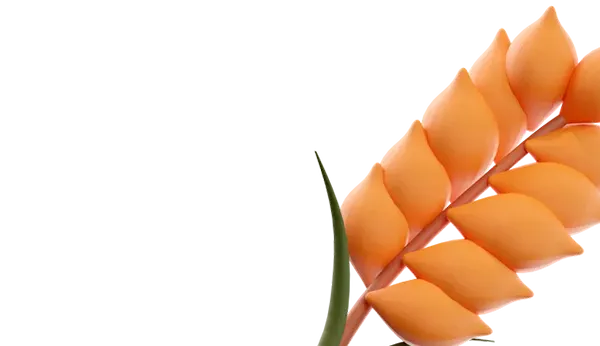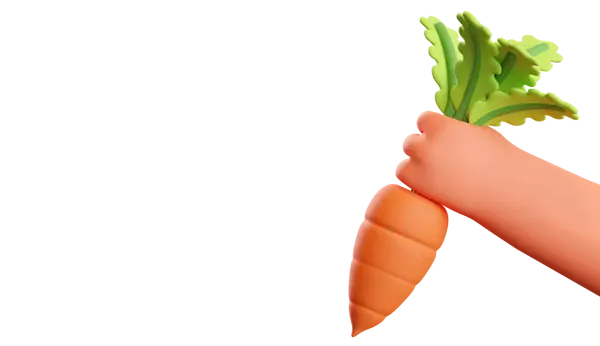In the current year, a 2.1% growth in the Russian agricultural sector is projected, as stated by the head of the "Agricultural Economics" department at the Institute for Research and Expertise of VEB, Lydia Ilyushina, during the "Agroinvestor: PRO Livestock and Compound Feeds" conference. According to the UN forecast, the consumption of food products and livestock products is expected to continue growing globally until 2032, driven by population growth and rising incomes. Asia will remain the leading food market, especially in the category of high value-added food products such as meat and fish. Countries with medium income levels will shift from grain and legume crops to animal products. Meanwhile, countries with low income levels will continue to rely on grain and legume crops as their main source of food.
Meat and meat products are key livestock products, and their production and global trade will continue to grow until 2033. The largest production growth is expected in China and Brazil. Regarding milk and dairy products, annual production growth will reach 1.6% over the next decade. India and Pakistan will be the main producers, accounting for over 30% of global production by 2033. Food prices may decrease by 2030 due to reduced losses and food waste, leading to a decrease in the number of people suffering from food shortages. Despite a slight decrease in global food prices, prices may remain unchanged in local retail markets.
It is forecasted that agricultural production in Russia will increase by 2.1% by 2025, particularly in livestock, oilseeds, vegetables, fruits, berries, and milk, while grain production may decrease. Livestock products will play an increasingly important role in the structure of Russia's agricultural sector, which currently accounts for 40%. Long-term growth in the Russian agricultural sector will be driven by the adoption of advanced technologies, expansion of sown areas, export growth, modernization, and expansion of infrastructure. Reduced domestic demand will require increased exports. Until 2050, the growth of livestock production will be driven by global population growth and income increases. Russia has great potential for increasing exports, but realizing it will require the development of logistical infrastructure and changes in the regulatory system. Despite some decrease in agricultural investments, it is expected that this year's indicators will remain at the level of the previous year.

 Trading platform
Trading platform 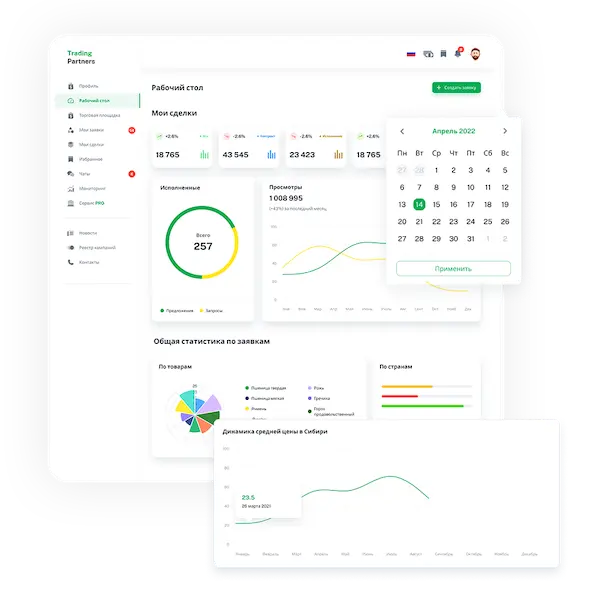
 Monitoring
Monitoring  Express applications
Express applications 
 Fork Work
Fork Work 
 Service
Service  News
News  Directory
Directory 